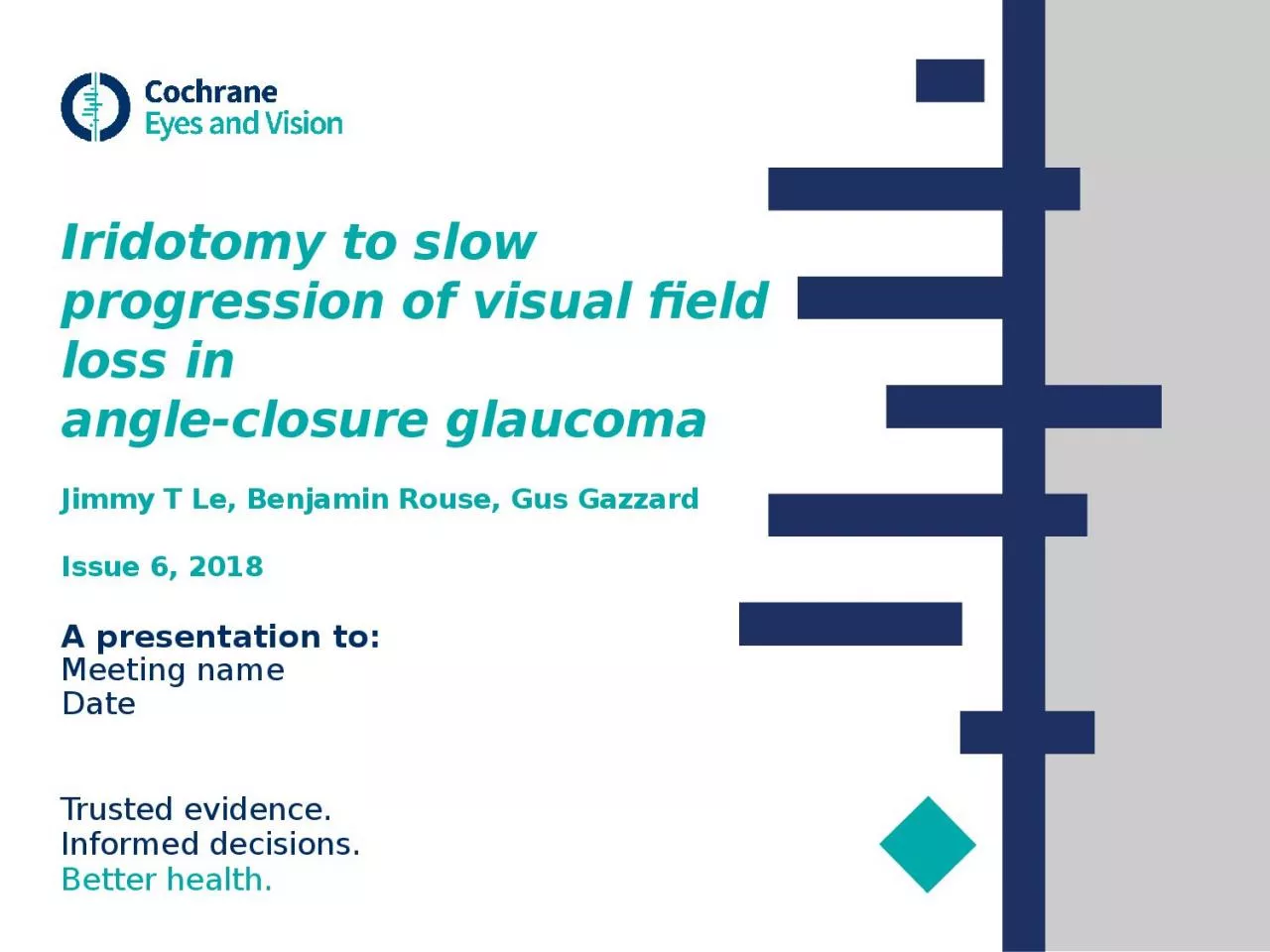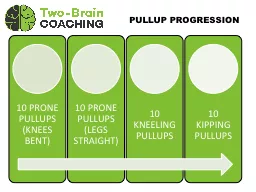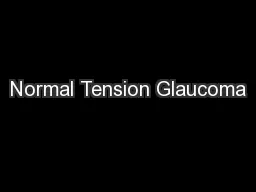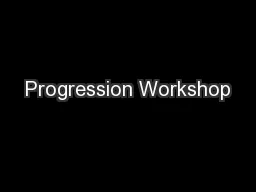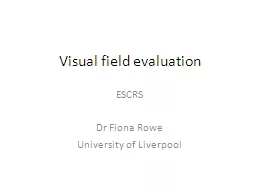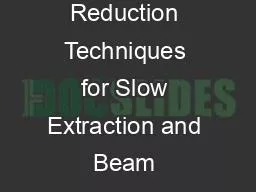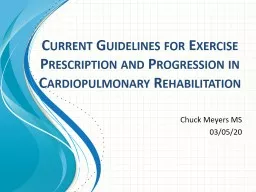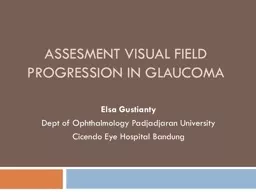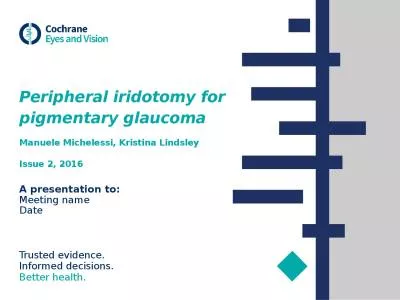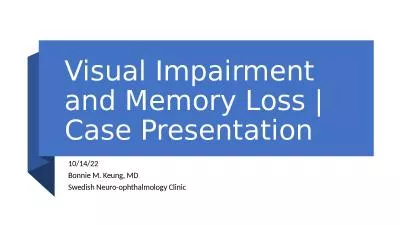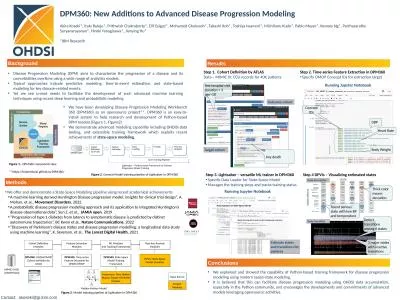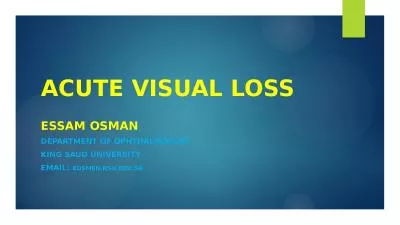PPT-Iridotomy to slow progression of visual field loss in
Author : adia | Published Date : 2023-12-30
angleclosure glaucoma Jimmy T Le Benjamin Rouse Gus Gazzard Issue 6 2018 A presentation to Meeting name Date Table of Contents 01 Background 02 Types of studies
Presentation Embed Code
Download Presentation
Download Presentation The PPT/PDF document "Iridotomy to slow progression of visual ..." is the property of its rightful owner. Permission is granted to download and print the materials on this website for personal, non-commercial use only, and to display it on your personal computer provided you do not modify the materials and that you retain all copyright notices contained in the materials. By downloading content from our website, you accept the terms of this agreement.
Iridotomy to slow progression of visual field loss in: Transcript
Download Rules Of Document
"Iridotomy to slow progression of visual field loss in"The content belongs to its owner. You may download and print it for personal use, without modification, and keep all copyright notices. By downloading, you agree to these terms.
Related Documents

